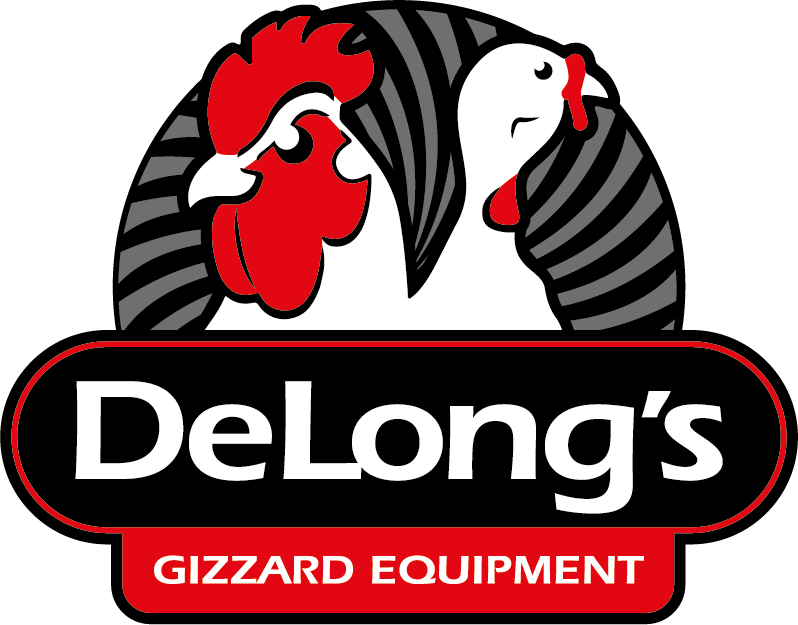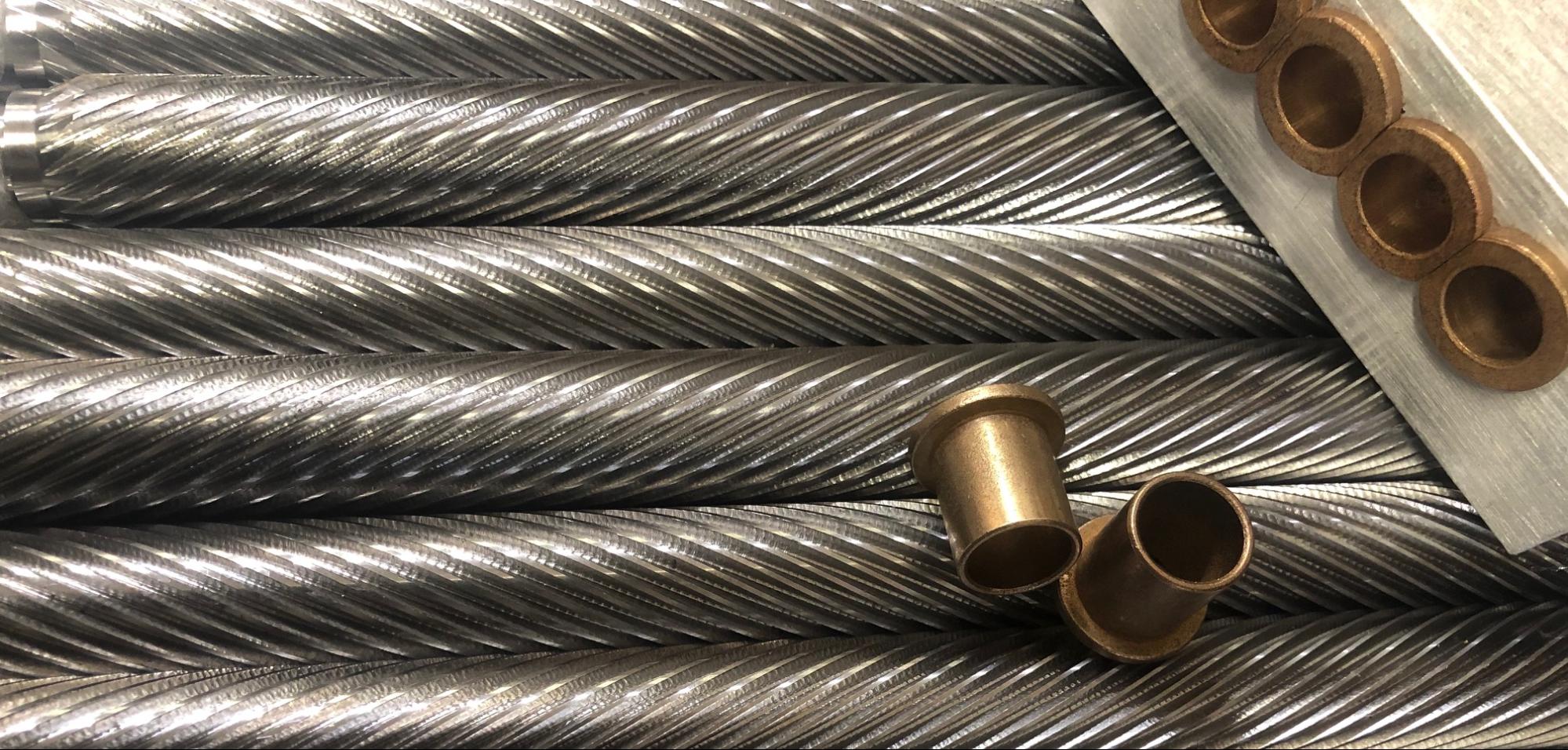12 Sep How To Prep Your Poultry Plant For Extreme Temperatures
Hot or cold, extreme weather presents a problem for facility managers everywhere. Beyond the visible damage that excessive snow or sweltering heat can cause, many plants dealing with extreme temperatures find themselves with massive energy bills at the end of the month as they try to keep things at a comfortable level.
For poultry production plants with temperature-critical processes, this becomes an even bigger issue. In addition to creating an uncomfortable atmosphere for workers, the presence of excess heat or cold can put the product at risk. If a high energy bill isn’t enough to make you reconsider your plant’s weather preparedness, the potential for lost sales and recalls certainly should be.
Whether for the winter freeze or the summer heatwave, read on for some important things to consider when prepping your plant.
Cold Weather
Doors and Windows
The best way to save money on heating is to ensure that the heat you’re paying for only heats the facility, nothing outside it. Every door or window throughout your facility that doesn’t close properly presents an area where warm air can escape and cold air can enter, along with rain, snow, dirt, and other contaminants, wasting energy and making a mess.
Both for quality concerns and your heating bill, make sure every door or window opens and closes as it should, and that all cracks or openings in windows have been sealed. Consider investing in adhesive foam weather stripping or a commercial-grade window insulator kit.
Insulation
While doors and windows are generally the biggest areas for heat loss in a given facility, they’re not the only areas of consideration. Any crack, tear, or hole in your facility’s walls presents an area that cold air can get in, mitigating the warm air you’re paying for and making your heaters work that much harder to compensate.
Good insulation is the key. Beyond a lower energy bill and a smaller environmental footprint, proper insulation will also limit the plant’s acoustic impact and make it more sustainable overall. Be sure to thoroughly inspect the entire plant for any potential problem areas, and have any gaps professionally sealed as quickly as possible.
Roofing
In addition to the walls around you, you’ll also need to ensure that the roof around you is free of any leaks or problem areas that might create complications due to cold weather. Roof leaks can be caused by any number of factors, and every leak presents huge potential for damage to the products, equipment, and people inside your plant.
For the best protection, have your business’s roof inspected twice a year, once in the fall and once in the spring, by a licensed and certified roofing professional.
Heating System
After you’ve gone over the plant to ensure heat has no avenues of escape, it’s time to take a look at your heating system itself.
When inspecting your plant, inspect your heating system thoroughly to confirm that it is up to date and working as intended. This includes checking that all pipes are functioning correctly and are free of any leaks, ensuring that all traps are closing properly, and conducting routine inspections of the entire system throughout the year to keep it working at maximum efficiency.
Warm Weather
Doors and Windows
Just as doors and windows provide an entry point for cold air during winter, they can also be an entry point for warm air during summer. However, heat will also enter your facility in the form of sunlight, so in addition to proper insulation and sealant, energy-conscious managers need to find something that can keep out the sun.
Consider investing in window films, transparent, metalized sheets that can reflect much of the heat that would otherwise get trapped inside the facility. The lighter the color on the screen, the more light it will reflect, so look for whites, light blues, and other bright colors when making your decision.
You might also look into solar screens, which carry a higher price tag but are incredibly efficient, blocking as much as 70% of solar rays from entering your facility.
Cooling
While you can do a lot to keep heat from the sun out of your plant, ultimately you’ll have to invest in a cooling system to meet the temperature requirements that many of the processes at your plant require. Having the right cooling system in place can result in drastic savings on energy expenses, but it may need some help from you to get there.
As with your heating system, you’ll want to perform a thorough inspection to check that no part of your facility’s cooling system is broken, malfunctioning, or leaking. Consider automating where possible; for instance, you can make big gains simply by implementing a programmable thermostat to ensure that you don’t waste time cooling uninhabited areas of the plant.
For more information about how to keep things cool, take a look at our blog on how you can save on refrigeration and freezing costs throughout your plant.
Insulation
Your plant’s insulation needs shouldn’t only be a concern during the colder months. The same gaps in coverage that allow cold air in during winter also let in heat during the summer, so unless you want a significant portion of your budget spent cooling hot air that shouldn’t be there in the first place, proper insulation should always be a priority.
For more ways you can create a better, more efficient poultry production plant, check out our free informative guide, Why and How to Cross-Train in Maintenance, and take your plant to new heights today!



